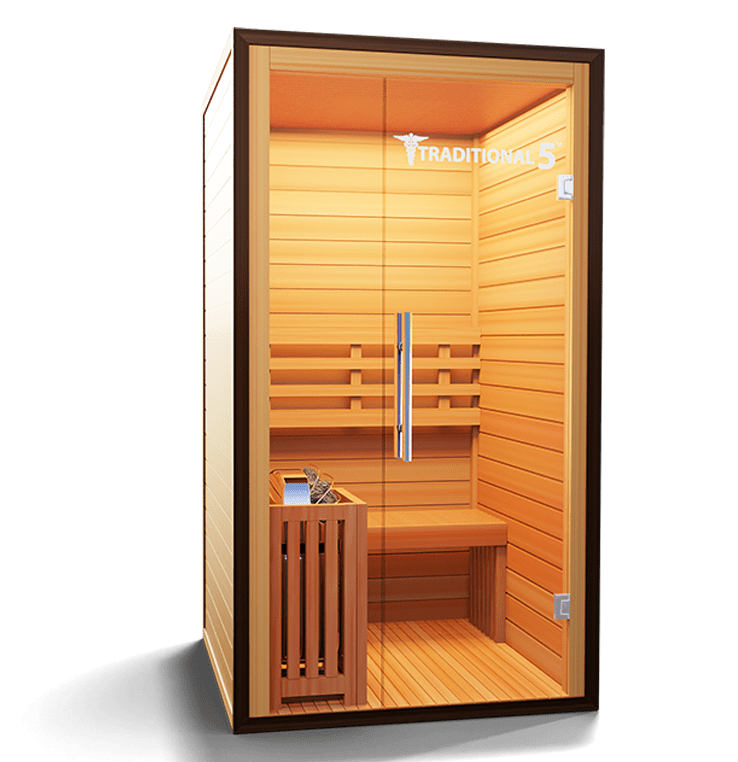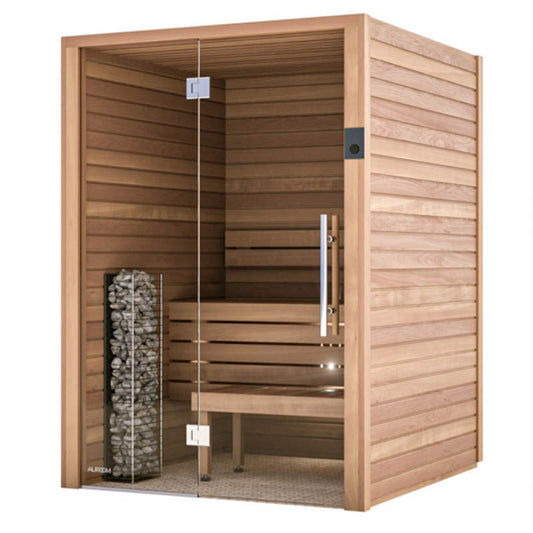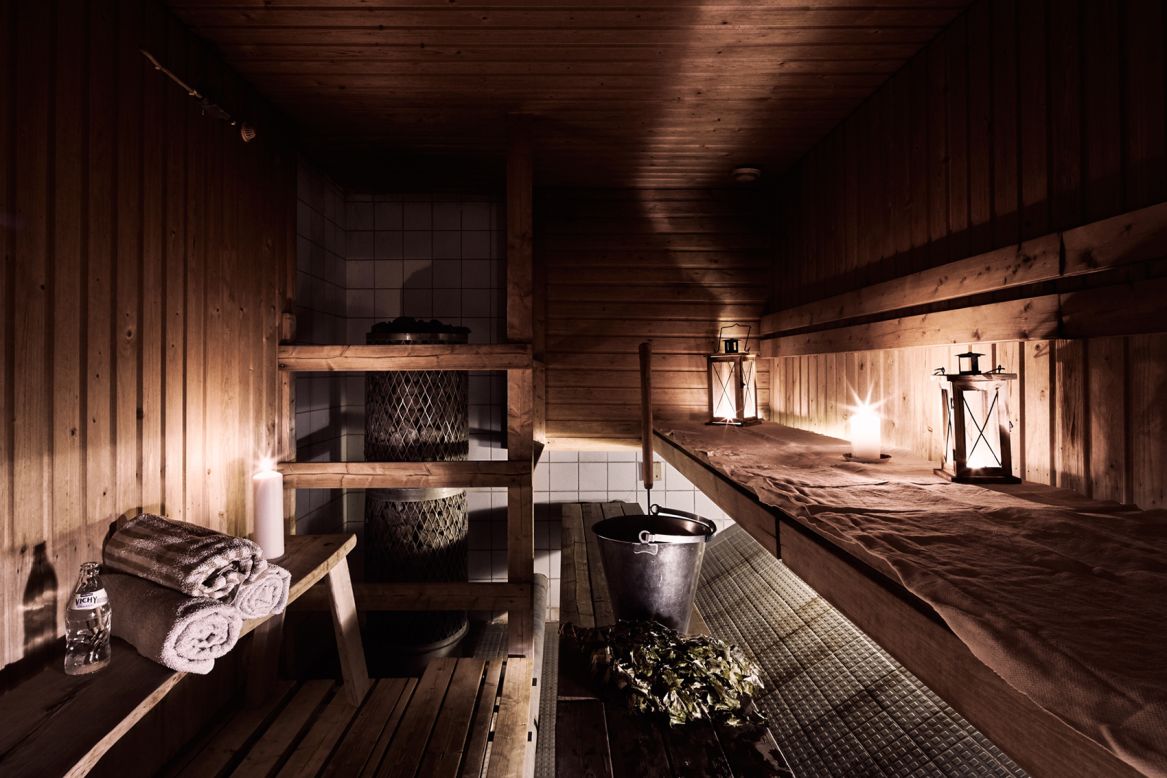The Buzz on Traditional Sauna
The Buzz on Traditional Sauna
Blog Article
Getting My Traditional Sauna To Work
Table of ContentsThe Single Strategy To Use For Traditional SaunaTraditional Sauna - An OverviewThe Greatest Guide To Traditional SaunaTraditional Sauna Fundamentals ExplainedTraditional Sauna Fundamentals Explained
A lot of the weight shed in a sauna is water loss and is re-gained upon rehydrating. However, certainly sauna can be a crucial part of a healthy weight reduction program. To look at the differences between standard and IR saunas, I will separate these right into proven, academic, and fabricated differences.Thus, the best point in the saunawhich goes to the ceiling straight over the sauna heateris normally between 185 and 190 F. Claims that a standard sauna goes beyond 200 F is simply not true and not appropriate for electrical saunas marketed in the US. The temperature for a far-infrared sauna is normally established between 120 and 140 F; nonetheless, unlike the standard sauna, the objective in and IR room is not to achieve a heat.
Because of this, the temperature difference is virtually pointless, because extreme sweating results in both sauna kinds, however the method of heating up the body is different. In an IR sauna the bather will certainly feel warm and will certainly sweat profusely, but at a lot reduced temperature levels (Traditional Sauna). Thus, if the goal is to invest longer time periods in the sauna, the IR sauna is a great selection
When a traditional sauna has been effectively warmed, the sauna walls are cozy, the air temperature level has actually attained set temperature and the rocks are super warmed. As a fascinating side note, the warmed wall surfaces and the rocks are emitting far-infrared warmth, combined with the warmed air, to produce an "wrapping up heat".
Things about Traditional Sauna

When the heat is attained, the aspects cycle on and off to maintain the heat. A lot of traditional sauna users delight in putting water over the rocks to create vapor to elevate sauna moisture levels. The advantages of pouring water over the rocks include: making the area more comfy, dampening the nasal flows, and permitting the usage of aromatherapy by mixing essential oils with the water.

When the power goes into the body, it creates the body temperature to increase and ultimately leads to sweat. In an infrared sauna it is necessary for the right here emitters/heaters to stay on virtually frequently. Given that there is no mass of rocks to maintain heat, the sauna will cool down if the emitters turned off.
As mentioned above, the sauna bather in an infrared room wants to place himself before running emitters to obtain maximum gain from the warmth. The home heating time for both rooms can be really different, depending on exactly how the areas are utilized. For a typical sauna, a bather should allow 30-40 minutes for the area to achieve a desired temperature level and to effectively pre-heat the rocks.
Some Ideas on Traditional Sauna You Need To Know
A well created sauna will typically accomplish a temperature level of 150-160 F in concerning 30-40 minutes. For hotter temperature levels, the space read here may require to warmth for a longer period.

Standard saunas have a tendency to be larger (thus use even more electrical energy) than infrared saunas, although conventional saunas are certainly available in one and two individual sizes as well. For a two-person conventional sauna, 5x6 or 5x7 size is most preferred. The leading bench can pleasantly seat 2 or three individuals and is likewise enough time to relax throughout the sauna session.
The Best Guide To Traditional Sauna
The typical expense per kWH of power in the united state is around $0.11, so a 4.5 kW heating system will certainly set you back about $.50 to run for one hour, if the heater runs constantly for one hour. Normally a sauna heating system will compete 75% of the initial hour and 50% of succeeding hours on since the elements cycle once the set temperature is achieved.

There is a hardly ever discussed distinction in the social experience in between the 2 spaces. While our culture has actually lost a few of the social advantage of the standard sauna experience, it can be very socially gratifying (Traditional Sauna). From family time in the sauna, to heart-felt conversations with significant others, to sauna partiesthe conventional sauna experience can bring about intimate interacting socially
Things about Traditional Sauna
Most higher end infrared rooms consist of tinted light therapy, noise systems and full-glass fronts.
Report this page